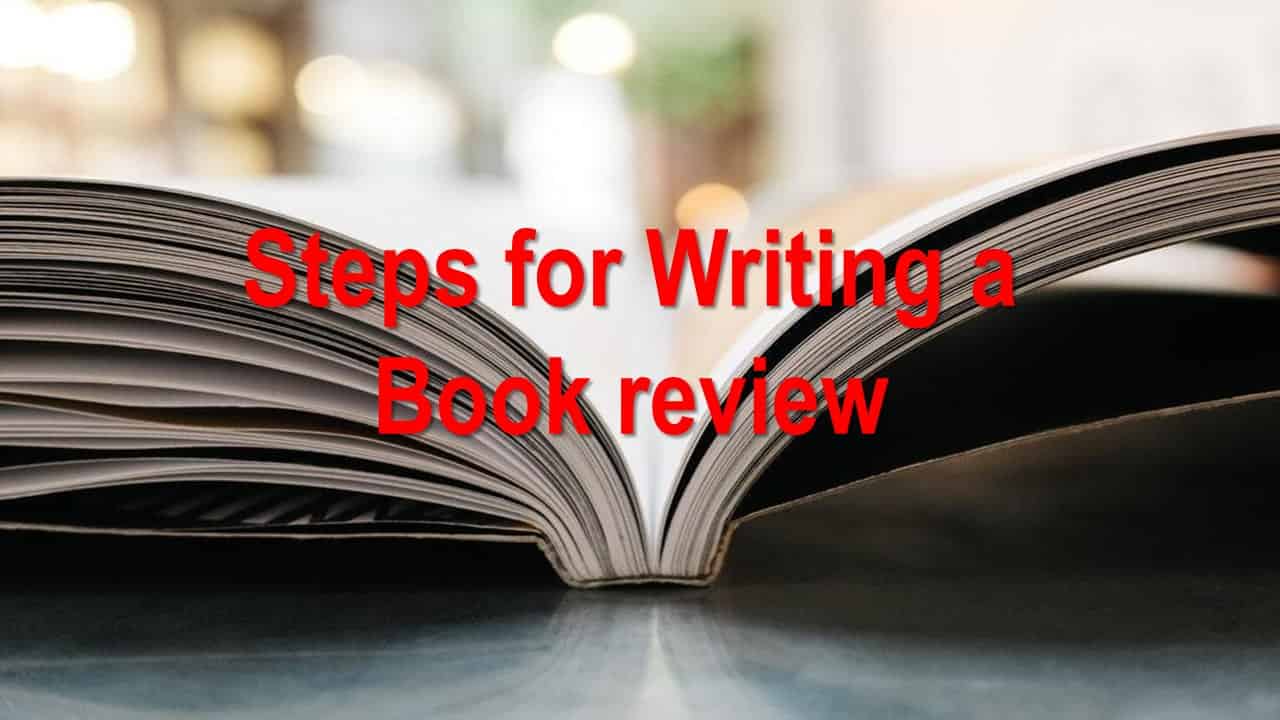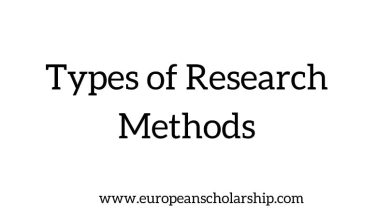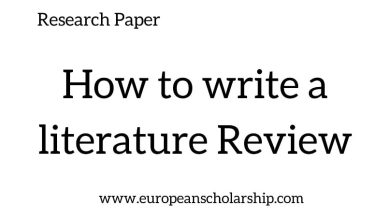
A personal statement or statement of purpose is an illustration of your successes, abilities, interests, and ambitions that are frequently used in applications for work or university or on resumes. Personal statements for universities and employment have similar content, but university personal statements consisting of three or four paragraphs are typically longer and more detailed. Although they typically consist of one paragraph for work applications or resumes. The length of personal statements often depends upon the authority’s requirements.
A statement of intent is a formal letter that outlines why an early-career researcher should apply to graduate programs and why they think they would be an ideal fit. Admissions committees want to understand why the candidate is interested in the program; this statement serves as an introduction to their past and future academic achievements.
Early career researchers typically possess substantial expertise in their chosen area of research. However, programs may require applicants for early career research to describe their prior experiences more fully; for instance, an MBA program does not require applicants to describe their research work extensively.
Statement of Intent requires an in-depth knowledge of your academic path. It is beneficial to reflect on events in the past and key moments throughout your career; this can help the applicant craft a compelling case for why they want to join this program. Furthermore, once they know both their academic history and potential prospects, and have done the extensive background research, they should focus on crafting an original story.
How to write a Personal Statement:
Table of Contents
Segregate the task of writing a personal statement into small, manageable steps that can lead to the creation of good and unique material. Try to write the introduction, body, and conclusion in an elderly manner to make your statement effective. In writing productive declarations, the following procedure will assist you.
1- Elaborate Personal Introduction:
Write an introduction that demonstrates your personality and your interest in the job or degree. If you have work type or course topics, also mention your recent experience. For a job application, consider addressing what first interested you in the listing of the position. To list the most important aspects of your personality and interests in the position or business, use a single strong sentence.
2- Body of Personal statement:
For the body of your job’s statement, two sentences should be adequate. To keep it detailed while still being concise, you can select two or three of the following mentioned elements to cover in those sentences. In the body of your statement, write about the following related elements:
3- Your Accomplishments and Experience:
Write about your degrees, certifications, certificates, years of business experience, and positions that you have held that contribute to the duties of the job or the educational offerings of the university.
- Your Related Skills and Abilities
Identify the skills and abilities that you have gained during college or along your career path. In a work description or qualities the school looks for in students, consider discussing the particular skills mentioned.
- What you’d bring to the organization
Explain why you think the business or university will be an advantage to you. Your experience or eagerness to learn specific skills, perform tasks, or gain qualifications in a field can be listed.
- Your career or academic objectives
Write about how the work or course for which you are applying blends into your future dreams. Consider picking a particular objective that can help you accomplish the job or resume.
4- Conclusion of Personal Statement:
Create a conclusion that leaves the prospective employer or university admissions officer with a strong, lasting impression. It should be a clear reaffirmation of why you have applied and what you hope to accomplish with the experience. It should also allow the reader to take action on you as a candidate, either by reading or evaluating your other academic qualifications through the rest of your resume.
5- Edit and proofread your Statement of Purpose:
Take the time to proofread and edit it after you have written your statement. To hear how your writing sounds, read your statement aloud and find areas of improvement, such as Pertinence , Precision, Passive Voice Speech, straightforward phrasing, and clear language that is easy to understand.
To identify these areas yourself; study your personal statement or statement of purpose, and suggest making a friend or colleague read it for you so that it becomes perfect.
6- What Is the Difference Between Statement of Purpose and Personal Statement:
A statement of purpose explains why you are interested in studying a given topic (it could be to complete an academic course), while a personal statement states why you think you are the best applicant for the program. Likewise, while both contain descriptions of topics of interest, a statement of purpose focuses solely on why applying makes sense to you personally.
An SOP is intended to showcase the early career researcher’s skills and experience. Personal statements focus on what the candidate has accomplished, while statements of intent lay out how they plan on meeting professional or academic objectives. A personal statement should focus on relevant experiences, accomplishments, or qualifications that the candidate can draw from.
Check Also: How to Write a Motivation Letter For Masters, PhD and Postdoc




